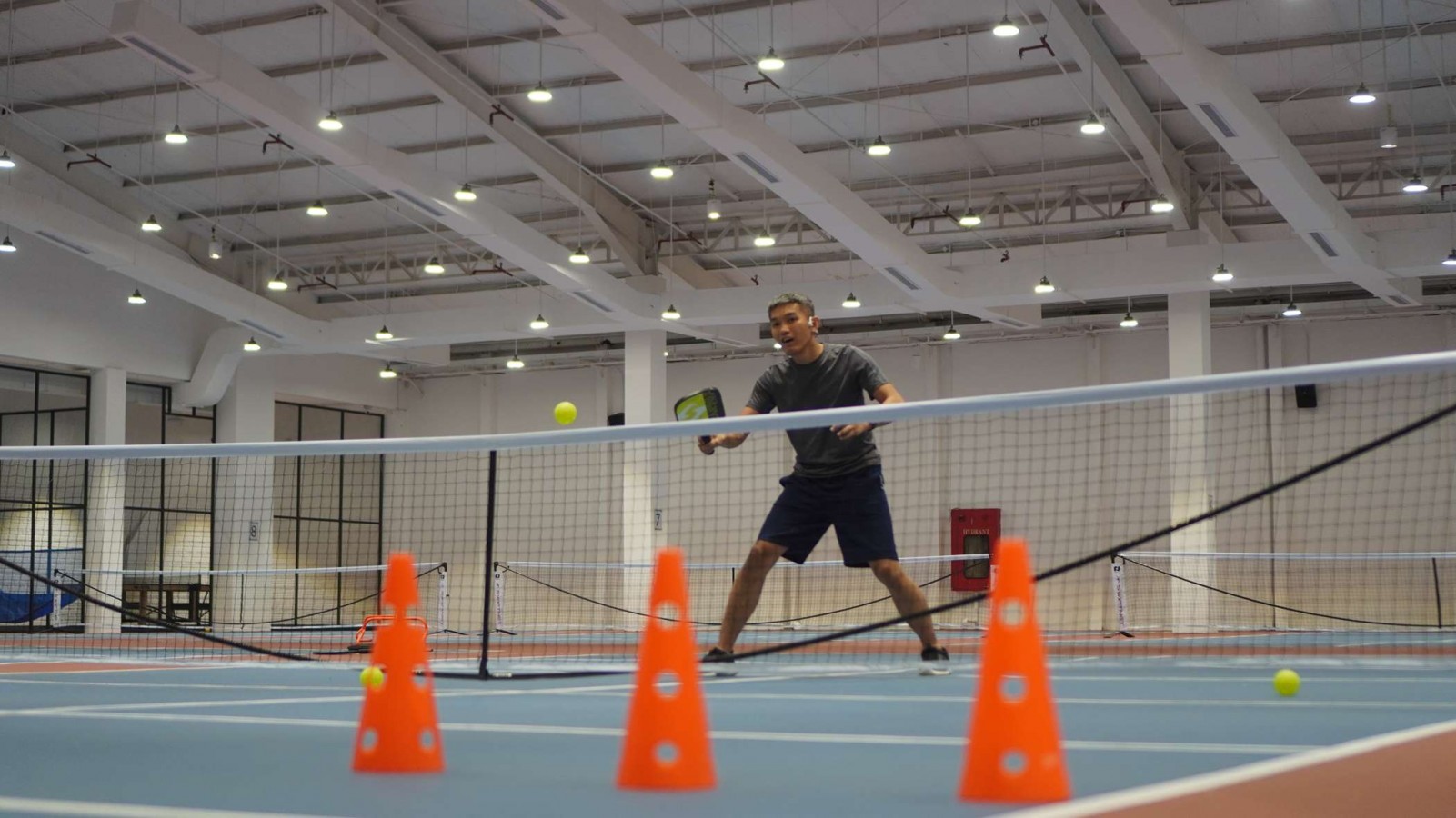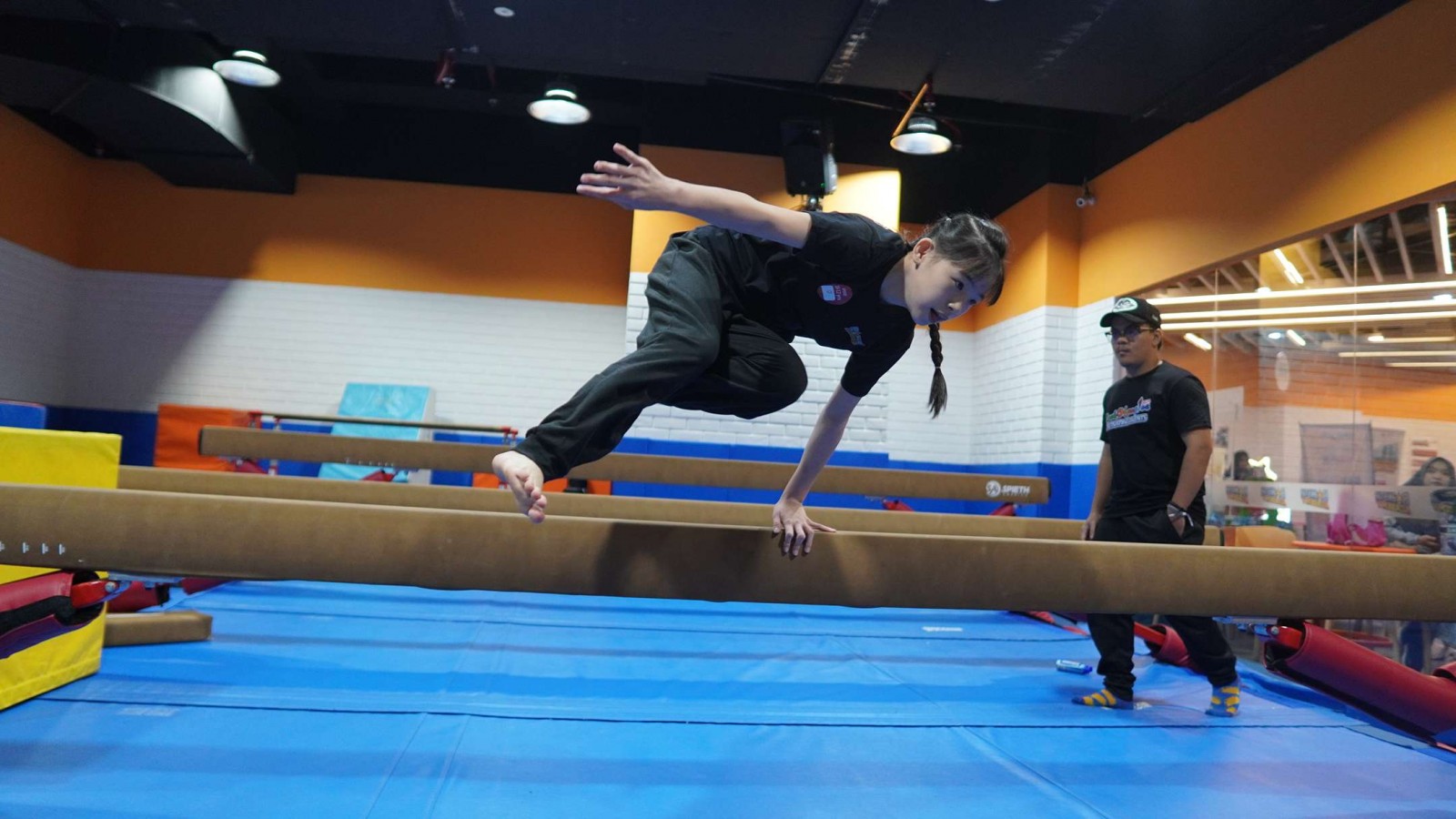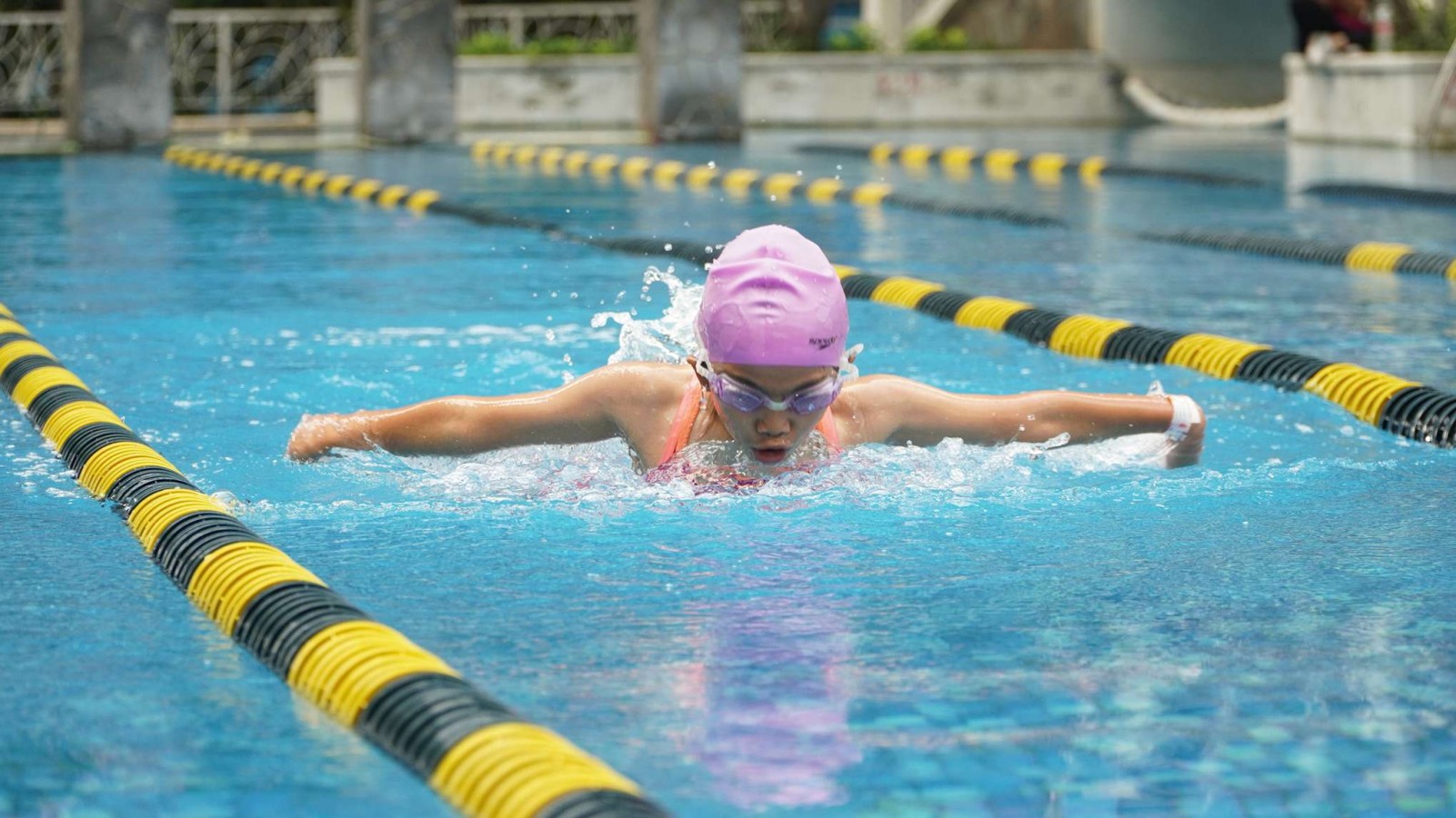Understanding the Kitchen in Pickleball: Rules and Regulations

Pickleball is a rapidly growing sport that combines elements of tennis, badminton, and ping-pong, and one of its most unique features is the “kitchen zone,” also known as the non-volley zone (NVZ).
Understanding this critical area of the court is essential for anyone wanting to play pickleball effectively. If you're a beginner or looking to sharpen your skills, mastering the kitchen rules can significantly enhance your game.
In this article, we’ll explain what is kitchen in pickleball, and other important information about kitchen zone pickleball!
What Is the Kitchen Zone in Pickleball?
The kitchen zone is a seven-foot area on each side of the net. Its purpose is to prevent players from dominating play with aggressive volleys directly at the net. Unlike many other racket sports, pickleball emphasizes strategic play and skill, and the kitchen zone helps enforce this balance by restricting volleys near the net.
The term "kitchen" adds a playful touch to the sport’s terminology. While its exact origin isn’t definitively documented, it’s thought to have been borrowed from shuffleboard, where "in the kitchen" refers to a penalty zone.
In pickleball, stepping into the kitchen at the wrong time can result in a fault, making the term both humorous and relevant.
Why is it Called Kitchen?
No one really knows why the non-volley zone is called the "kitchen." However, some theories suggest the term comes from the game of shuffleboard, which also has a "kitchen" area.
Another theory is that it’s called the kitchen because if you hit the ball into this area, the game gets more intense, just like how a kitchen can get hot when cooking.
Kitchen Zone Dimensions and Placement
The kitchen zone is a critical feature of pickleball. Its boundaries, marked by lines that are part of the zone, start immediately at the net and extend toward the baseline.
Present on both sides of the court in singles and doubles play, the kitchen’s small size belies its significant influence on gameplay, requiring players to maneuver carefully around its edges.
Rules Governing the Kitchen Zone
The kitchen rules are straightforward but require strict adherence to avoid faults. Here’s a detailed explanation based from USA Pickleball’s 2023 rule book:
1. No Volleys in the Kitchen
Players cannot volley (hit the ball out of the air without letting it bounce) while standing in the kitchen or touching its boundary lines.
2. Momentum Counts
Even if a volley is hit outside the kitchen, a fault is called if the player’s momentum causes them to step into the zone afterward.
3. Entering the Kitchen for Bounced Balls
Players can enter the kitchen to return a ball that has bounced within the zone. However, they must exit the zone promptly to avoid faults during subsequent volleys.
4. Paddle Contact
If a player’s paddle touches the kitchen during a volley, it is considered a fault.
5. Partner Interference
In doubles, if one player is in the kitchen and interferes with play, it could also result in a fault.
What Players Can Do in the Kitchen Zone
While the rules may seem restrictive, players are not entirely banned from the kitchen. Instead, it’s a space for calculated moves and precise gameplay. Here’s what you can do in the kitchen zone:
A. Return Dinks
Dinking is a soft and controlled shot aimed to land in the opponent’s kitchen. It is a common strategy. Players can step into the kitchen to execute or return these shots as long as the ball has bounced first.
B. Reset the Rally
The kitchen zone is ideal for slowing down aggressive rallies. Players often use it to reset the game by hitting controlled, low shots that limit their opponent’s offensive options.
C. Create Strategic Plays
When used effectively, the kitchen zone becomes a tactical tool. Players can exploit their opponent’s weak spots by placing precise shots, forcing them to make errors or hit high balls.
Kitchen Zone Will Give You an Advantages!
The kitchen zone in pickleball is more than just a physical space, but it’s a cornerstone of the sport’s strategy and balance. By limiting aggressive net play, it ensures that pickleball remains a game of skill and precision.
For beginners, mastering the kitchen zone is a key step in becoming a skilled pickleball player. It's important to first understand the pickleball rules, as this knowledge helps you use strategies effectively.
To improve even further, joining a professional pickleball class is a great idea. Rockstar Academy is Indonesia's leading center for Sports & Performing Arts, offering high-quality international sports classes through our Sports & Performing Arts Academy program.
Our pickleball program also gives you the chance to compete in RockOlympics and show off your skills. Plus, you can try a free trial class before committing to the program!
FAQ
Why is it called the kitchen zone?
The term is believed to originate from shuffleboard, where "in the kitchen" refers to a penalty zone. Its use in pickleball adds a fun, memorable touch to the sport's terminology.
Can I hit the ball while standing in the kitchen?
Yes, but only if the ball has bounced first. Volleying from the kitchen is not allowed.
What happens if my paddle touches the kitchen?
If your paddle touches the kitchen during a volley, it’s considered a fault.
Are the kitchen rules the same in singles and doubles?
Yes, the kitchen rules apply uniformly in both singles and doubles matches.
Can I step into the kitchen to serve?
No, serving must occur behind the baseline, and the kitchen does not come into play during serves.



